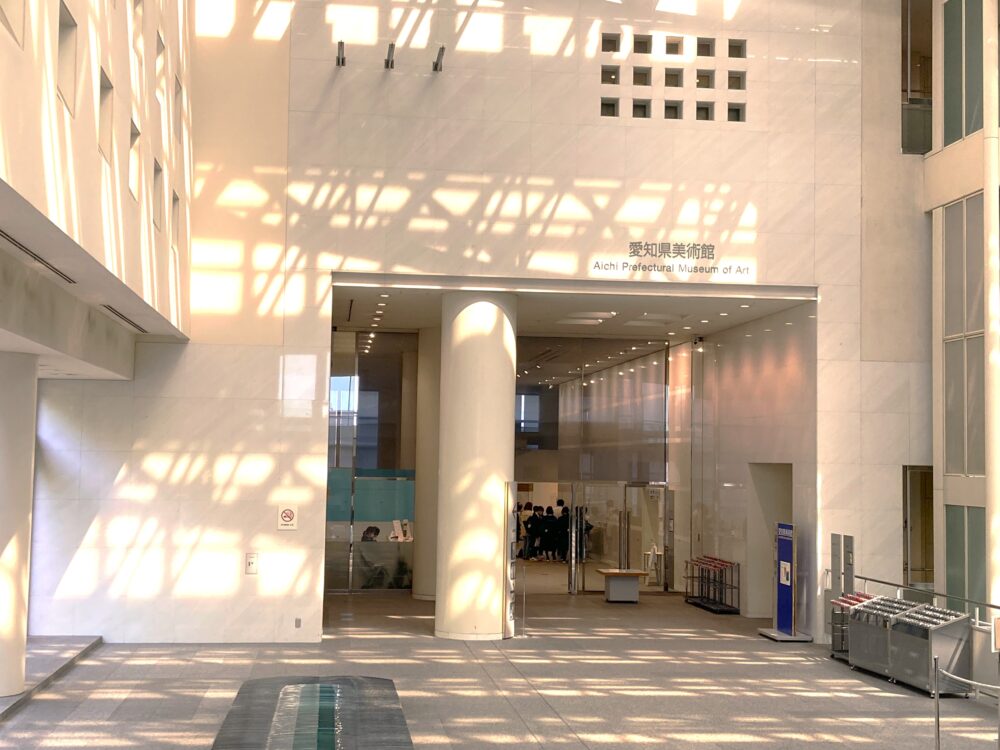
See Klimt’s “Golden Era” masterpiece right here in Nagoya!
Located on the upper floors of the Aichi Arts Center in downtown Sakae, the Aichi Prefectural Museum of Art is a quiet and elegant space where you can enjoy art in a relaxed atmosphere. The museum spans the 8th and 10th floors, featuring spacious galleries perfect for both quick visits and slow art appreciation.
This prefectural museum houses a wide range of modern and contemporary artworks from Japan and abroad. Among its most famous pieces is Gustav Klimt’s “Life Is a Struggle (The Golden Knight)”. Purchased in 1989 for an astonishing 1.77 billion yen—thanks to a generous donation from Toyota Motor Corporation—this golden masterpiece is the true star of the collection. The shining figure of the knight leaves a strong impression you’ll never forget.
After exploring the exhibits, don’t miss the observation corridor on the 11th floor. It offers a beautiful panoramic view of Nagoya city—an ideal way to end your visit on a relaxing note while soaking in the museum’s artistic atmosphere.
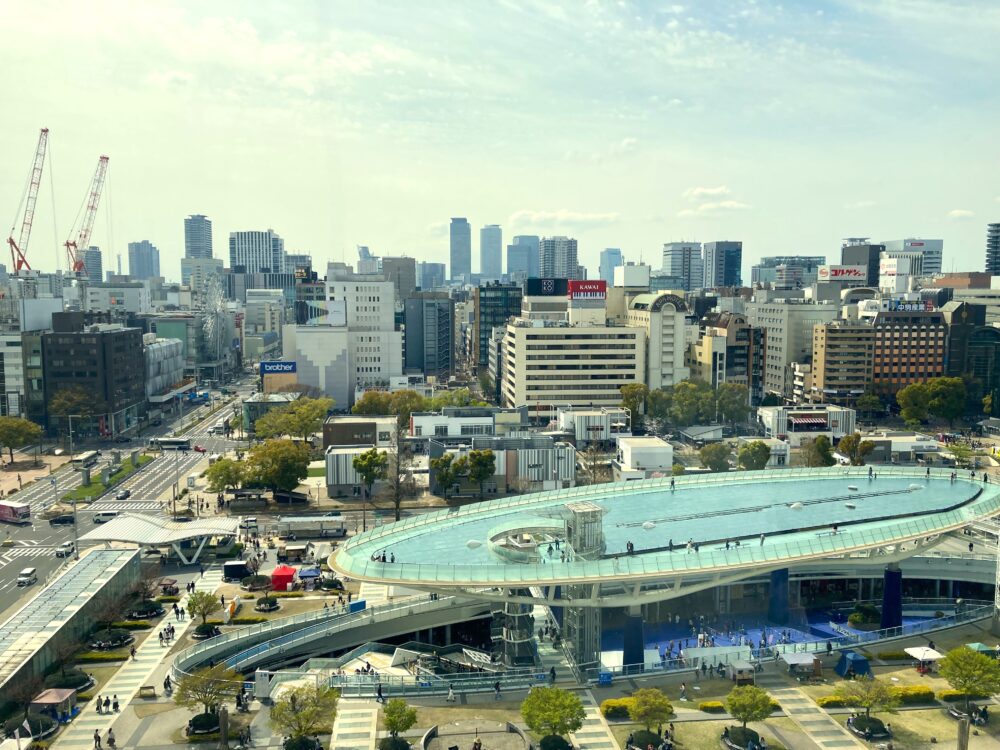
Gustav Klimt
“Life Is a Struggle (The Golden Knight) “ (1903)
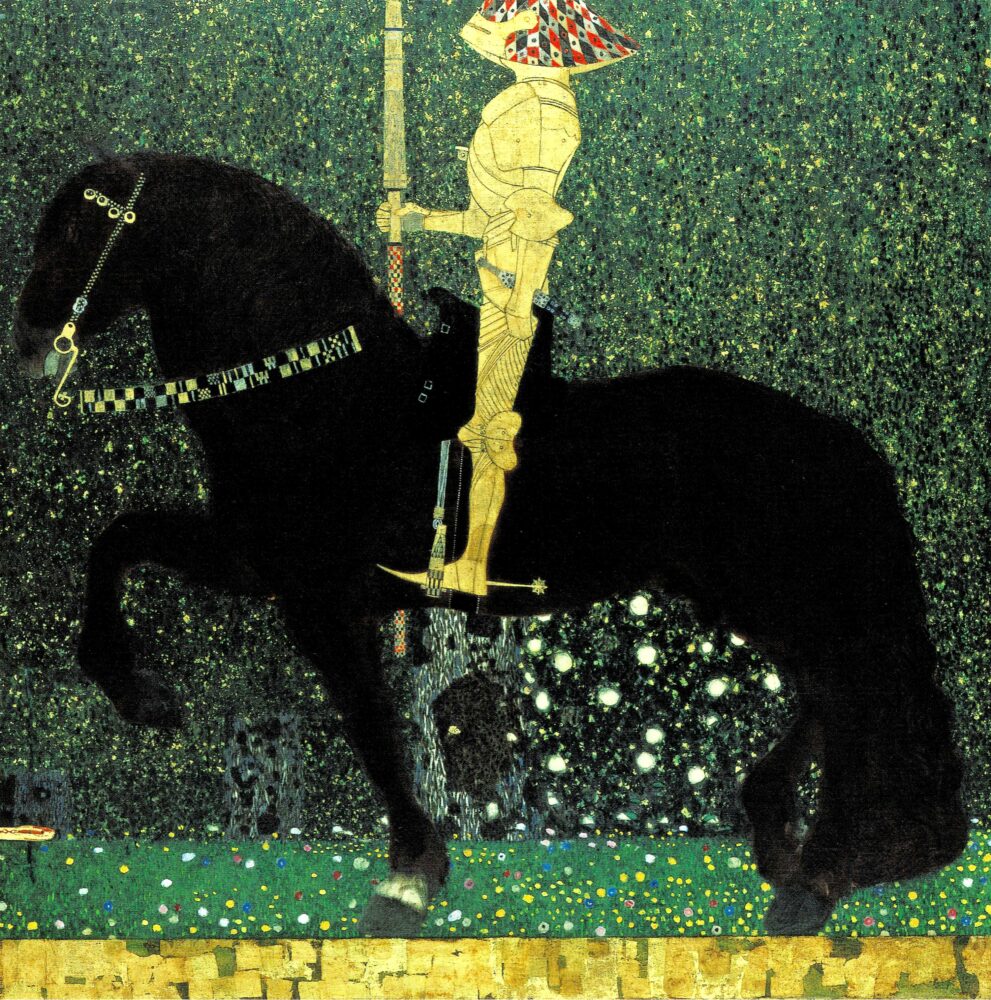
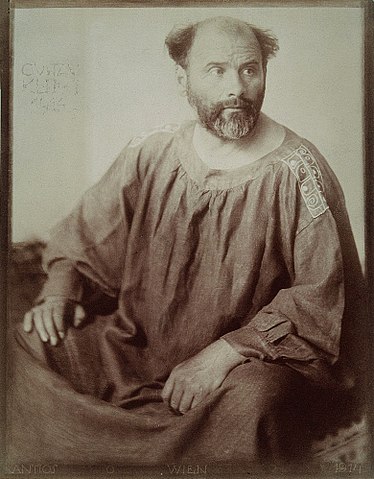
A knight in golden armor sits quietly on his horse, gazing straight ahead.
This striking painting, Life Is a Struggle (The Golden Knight), was created in 1903 by Austrian artist Gustav Klimt (1862–1918).
When people think of Klimt, they often picture his luxurious paintings covered in gold leaf—works that define his famous “Golden Style.” Their brilliance and decorative beauty continue to captivate viewers around the world.
Klimt painted The Golden Knight during a difficult period in his career. His government-commissioned ceiling paintings for the University of Vienna—Medicine, Philosophy, and Jurisprudence—were harshly criticized as “too radical,” leading him to cancel the contract altogether. Even his celebrated Beethoven Frieze received mixed reactions, leaving the artist frustrated and uncertain about his future.
Amid these struggles, he presented “The Golden Knight”. The figure of the knight also appears in the Beethoven Frieze, and many believe it represents Klimt himself—his determination to stay true to his artistic vision. In that sense, this painting could be seen as his personal declaration: “I’ll follow my own path.”
What makes the work truly “Klimt-like,” though, is how he transformed that inner conviction into a scene of pure beauty. The side view of the knight recalls the elegant form of ancient Egyptian wall paintings. Look closely and you’ll notice Japanese-inspired details—the checkerboard pattern on the reins and the fine gold-leaf seams (known as hakua-shi) along the ground.
After completing this piece, Klimt went on to create his world-famous masterpieces Portrait of Adele Bloch-Bauer I and The Kiss, perfecting his radiant Golden Style.
That’s why The Golden Knight stands as a key turning point in Klimt’s career—and one of the most important treasures in the Aichi Prefectural Museum of Art’s collection.
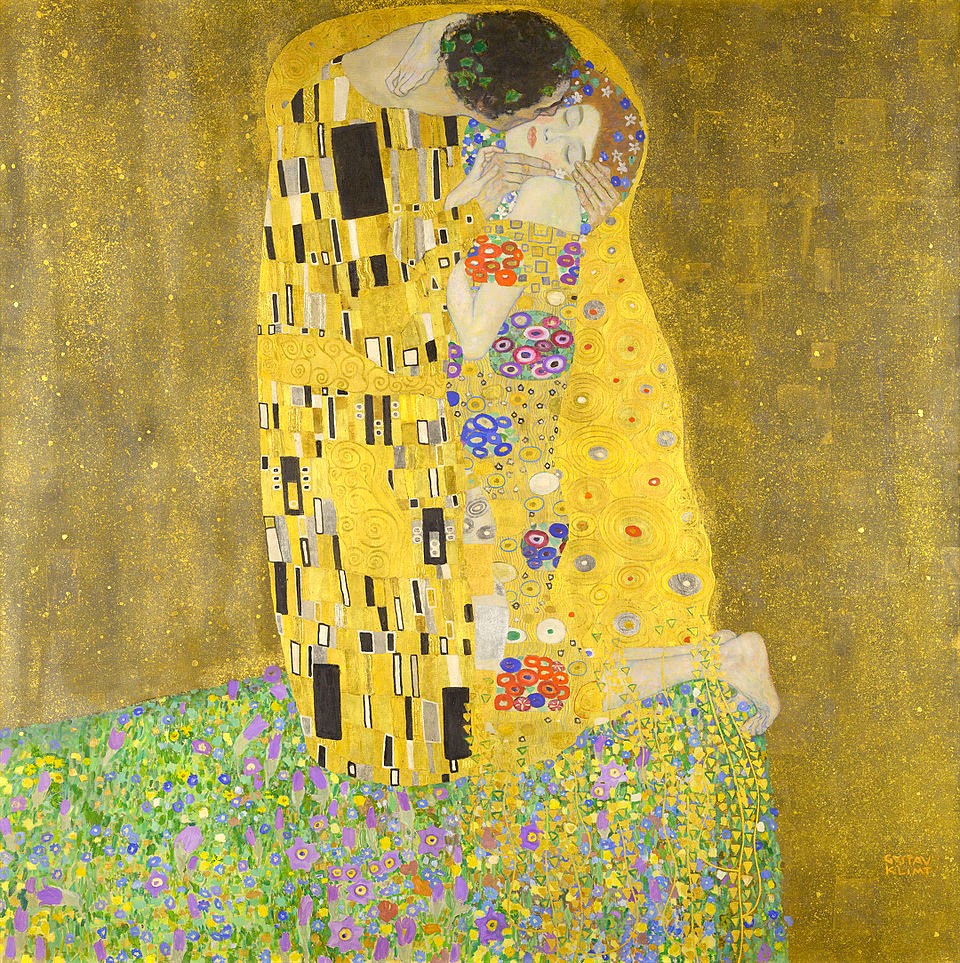
Other Highlights from the Collection
Maurice Denis
“The Boat of Flowers – Ploumanach Regatta” (1921)
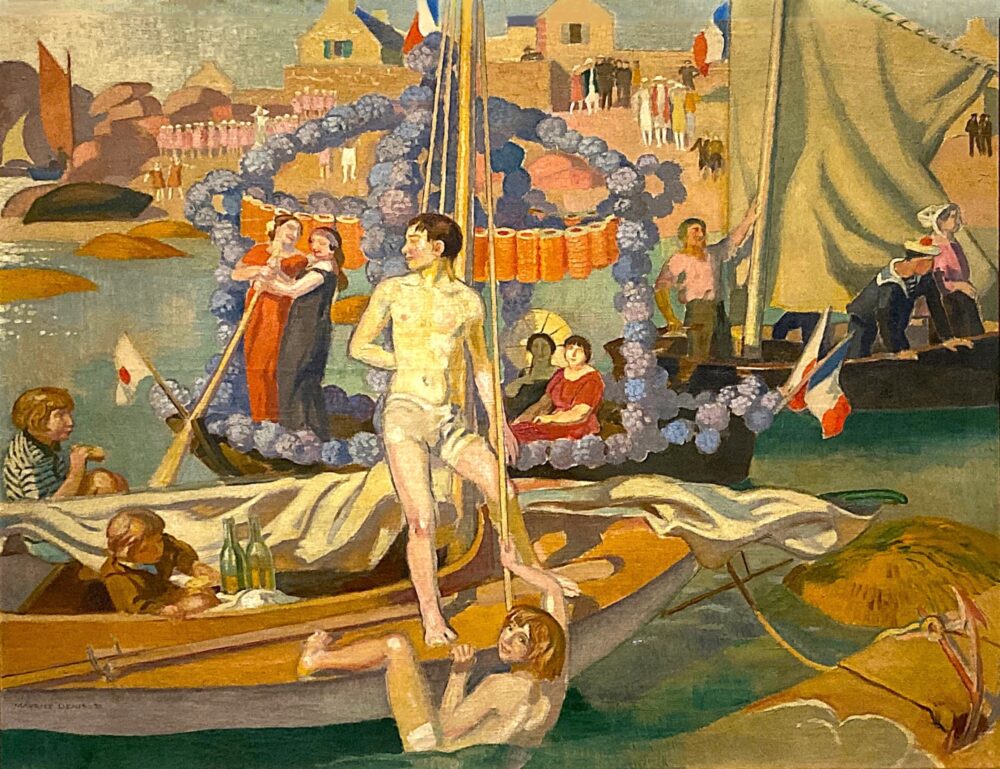
About This Work (Tap or Click to View)
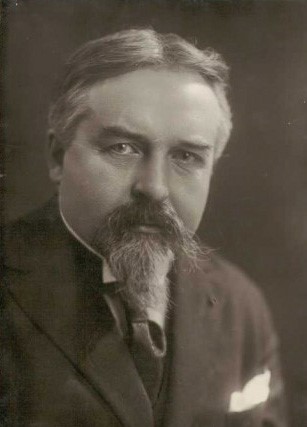
Colorful, gentle, and full of charm—Maurice Denis’s “The Boat of Flowers – Ploumanach Regatta” at the Aichi Prefectural Museum of Art captures the warmth and beauty typical of his style.
Denis was a French painter and art theorist, and one of the leading members of the Nabis, an avant-garde group active in the late 19th century. He is famous for saying, “A painting—before being a battle horse, a nude woman, or any kind of anecdote—is essentially a flat surface covered with colors assembled in a certain order.” This idea helped redefine painting as an art form that goes beyond realism.
This work, painted in 1921, depicts a lively boat festival in the harbor town of Ploumanac’h in Brittany, western France. Surrounded by flower-decorated boats and people dressed in colorful clothes, Denis portrayed his own family enjoying the celebration.
At first glance, the painting looks decorative and flat, but Denis cleverly combined the decorative style of the Nabis with classical composition techniques. The graceful poses of the figures and the sense of space show his skill in blending tradition with modernity.
Interestingly, this painting originally belonged to the Ohara Museum of Art in Okayama. It was purchased there in the 1920s along with Denis’s The Wave (1916). The museum later sold it in 1936, and it remained in private hands for many decades—until it was finally acquired by the Aichi Prefectural Museum of Art in 2020, making it available to the public once again.
Because of that long journey, seeing this piece in person today is a rare opportunity.
If you visit the museum, take your time to enjoy this beautiful and historic work by Maurice Denis.
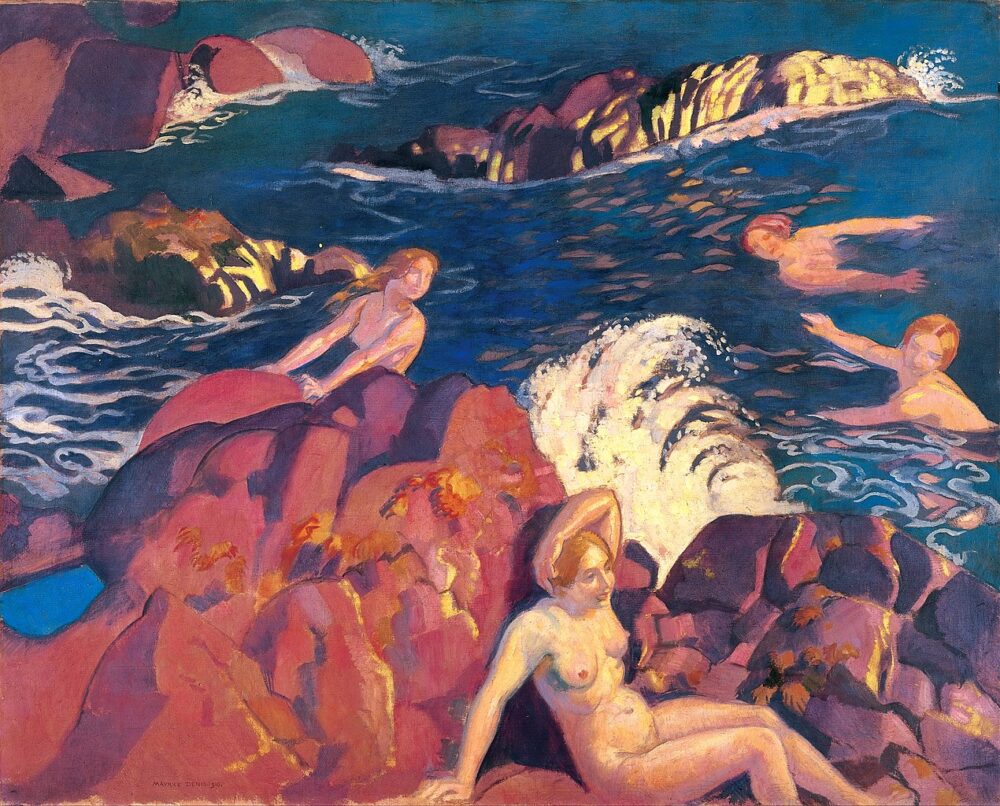
Collection of the Ohara Museum of Art
▶Read more about the Ohara Museum of Art
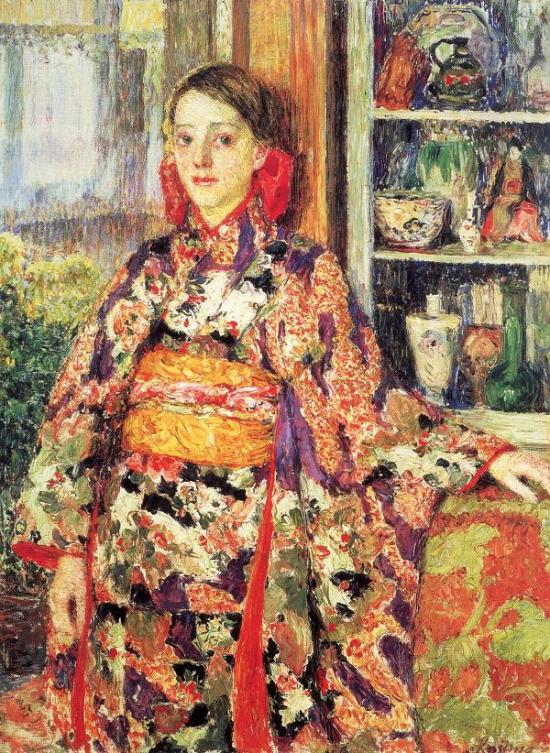
Henri Matisse
“Waiting“ (1921–1922)
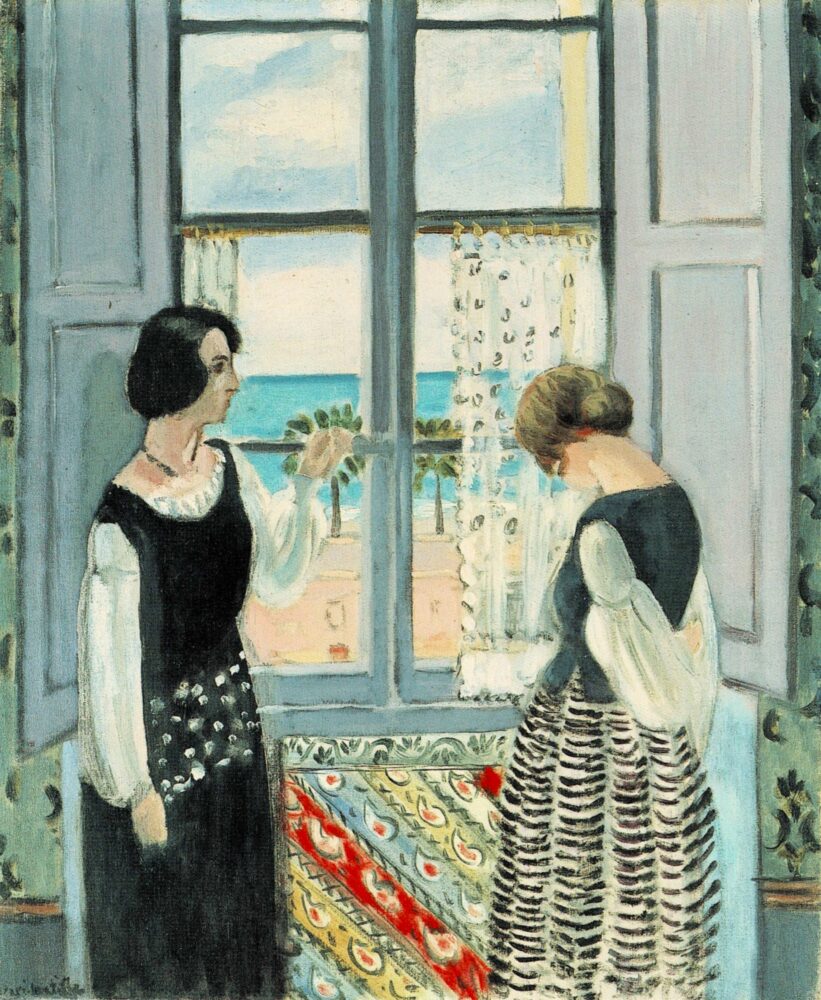
About This Work (Tap or Click to View)
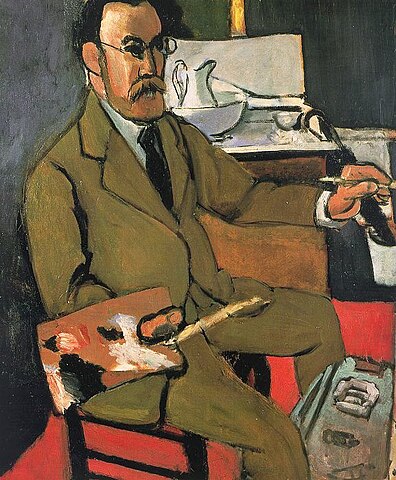
When you hear the name Henri Matisse, you might picture his vivid colors and free, flowing forms. But Waiting—a quiet and contemplative painting—is quite different from that image.
Matisse was one of the leading French artists of the 20th century and a founder of Fauvism, known for his bold use of color. However, after moving to Nice in southern France in 1917, his style began to change. This period is often called his “Return to Order,” when many avant-garde artists, influenced by postwar nationalism, turned back to more classical forms of expression.
Created during that time, Waiting depicts two women standing by a window—one gazing outside, the other looking down in silence. The composition appears symmetrical at first, yet subtle differences—the curtain drawn on only one side, the contrasting poses—create a delicate sense of tension across the scene.
The title itself, Waiting, adds a layer of mystery rarely seen in Matisse’s works. What are they waiting for? Why is the mood so still and quiet? Matisse never explained, leaving the interpretation entirely up to the viewer.
That openness is part of the painting’s beauty. It invites you to pause and reflect—to feel the silence and emotion that linger between the two figures.
If you’re familiar with Matisse’s vibrant colors and dynamic compositions, this work will surprise you with its calm and depth. When you visit the Aichi Prefectural Museum of Art, take a moment to experience this peaceful side of Matisse for yourself.
Lyonel Feininger
“Sunset on the Sea I” (1927)
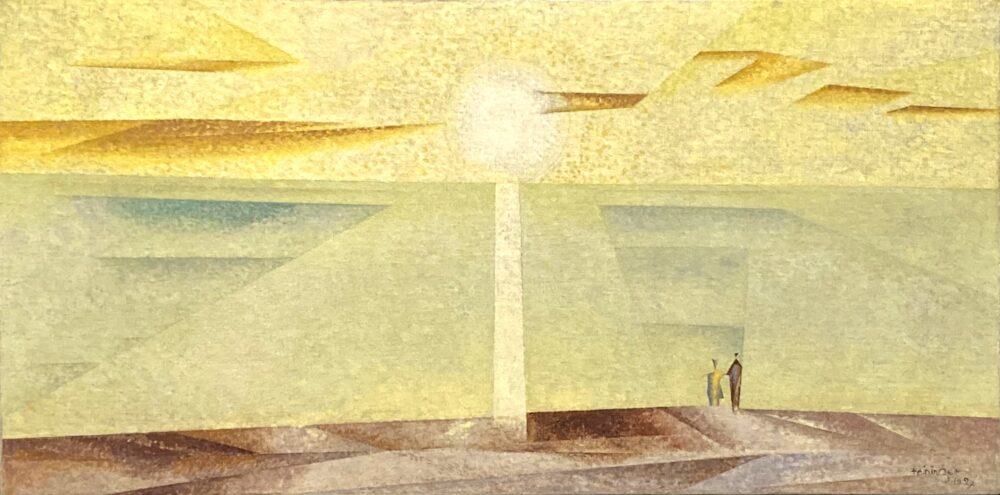
About This Work (Tap or Click to View)
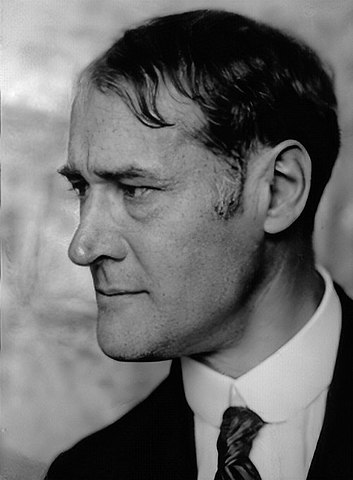
Soft yellow tones spread across the canvas, forming delicate geometric shapes that quietly glow with light. At first glance, “Sunset on the Sea I” may seem abstract, but the longer you look, the more you can feel the gentle light of the setting sun over the ocean.
Lyonel Feininger was an American-born artist who spent most of his career in Germany. Originally a cartoonist and illustrator, he began painting in oils in his late thirties. In 1911, he encountered Cubism, which transformed his artistic vision and led him toward a unique fusion of structure and emotion.
In this painting, Feininger depicts the moment when the sun rises—or perhaps sets—beyond the horizon, using his distinctive geometric composition. Layers of pale yellow create a quiet yet radiant atmosphere, allowing viewers to sense warmth and light even within abstraction.
Feininger’s greatest strength lies in his treatment of light. While adopting Cubist techniques, he didn’t just rearrange forms—he painted the depth and diffusion of light itself. His works balance abstraction and reality, making you feel as though you’re seeing sunlight refracted through glass.
Unlike many Expressionist painters who expressed emotion through bold colors or distorted figures, Feininger made light and space the central themes of his art. Sunset on the Sea I beautifully captures that vision—a serene yet powerful harmony of geometry and illumination.
When you visit the Aichi Prefectural Museum of Art, take a quiet moment before this masterpiece and let the soft glow of Feininger’s light wash over you.
Ernst Ludwig Kirchner
“Sunlit Garden” (1935)
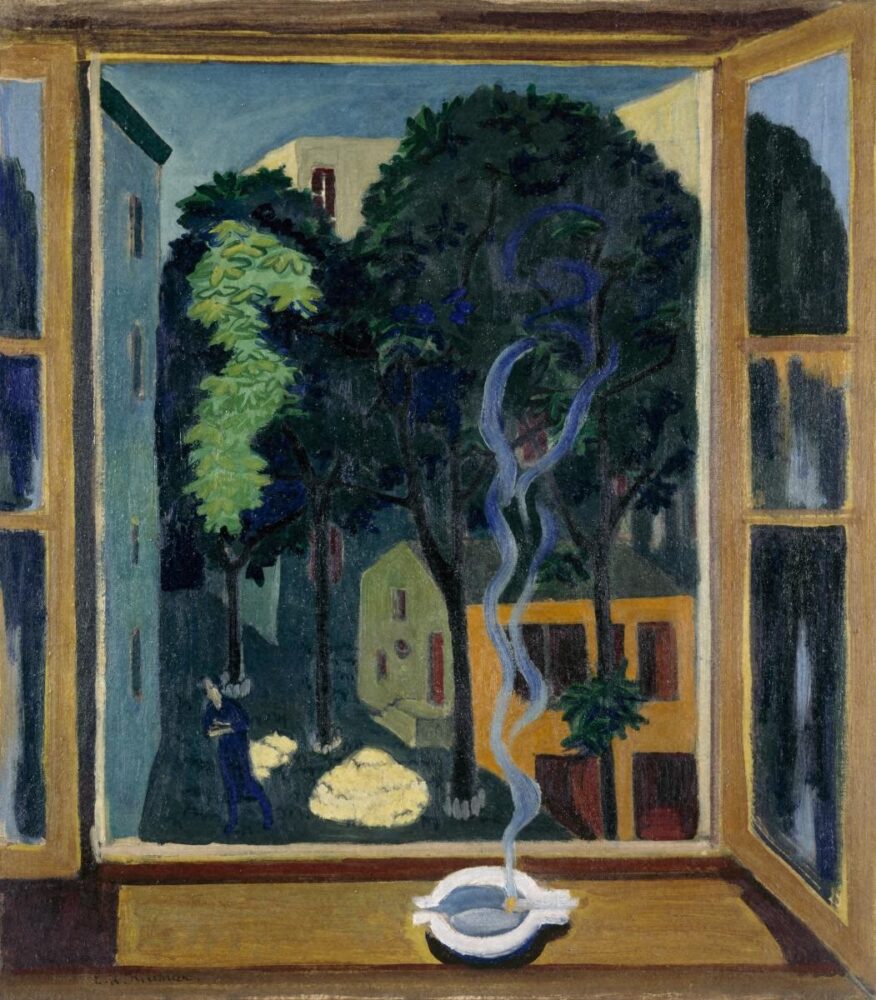
About This Work (Tap or Click to View)
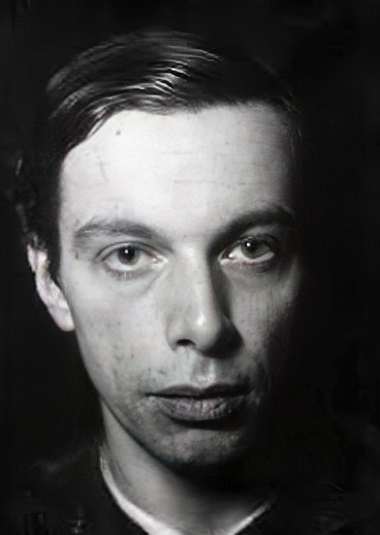
Soft sunlight pours into a quiet alley — a fleeting, peaceful moment seen through a window.
That gentle scene is beautifully captured in Ernst Ludwig Kirchner’s “Sunlit Garden”.
Kirchner was one of the leading figures of German Expressionism and a founding member of the art group Die Brücke (“The Bridge”). While his portraits often feature distorted forms and bold colors expressing the tension of modern life, his landscapes reveal a more introspective and calm side of his artistry.
Sunlit Garden is one such work. It was painted in Basel, Switzerland, from the window of a hotel where Kirchner was staying. The scene — a small alley bathed in sunlight — was likely something he noticed during a quiet moment of rest.
Although the perspective is intentionally distorted, you can feel the warmth of the light, the shadows on the ground, the subtle signs of life, and even the ashtray by the window — all showing Kirchner’s sharp yet tender observation.
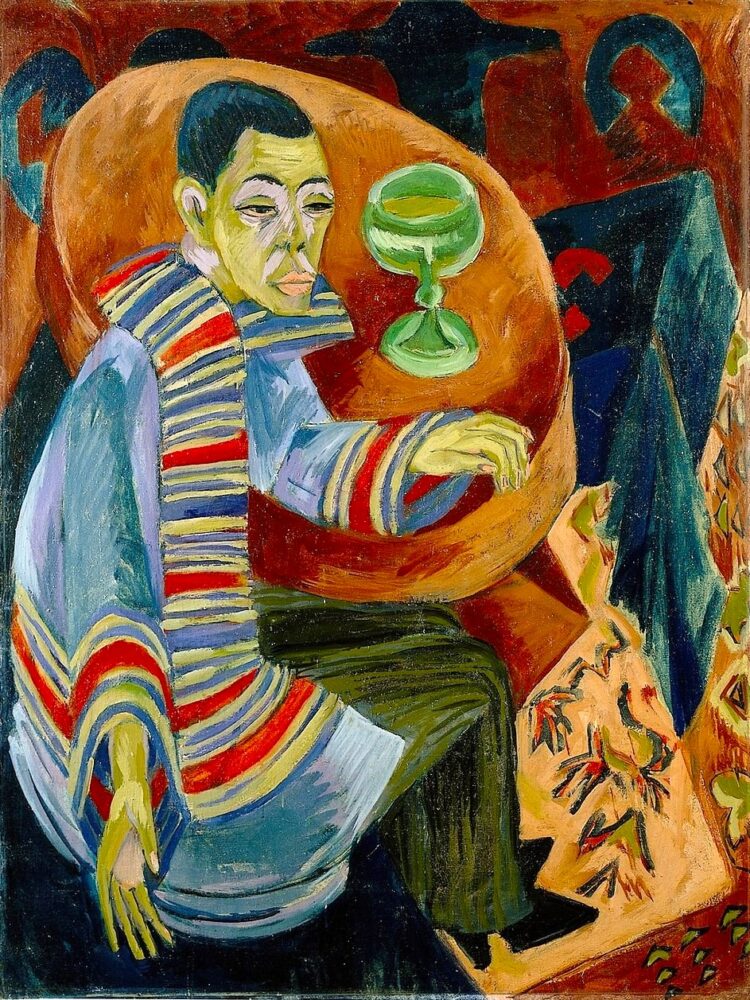
Kirchner’s life was marked by both artistic brilliance and personal struggle.
After serving in World War I, he suffered from severe depression and addiction.
A few years after this painting was completed, his works were condemned by the Nazi regime as “degenerate art,” a devastating blow that worsened his mental state. In 1938, overwhelmed by despair, Kirchner tragically took his own life.
Perhaps that is why Sunlit Garden, painted in his later years, feels so moving.
It seems to hold a quiet sense of peace — a moment of light amid the darkness.
Even in the most troubled times, Kirchner sought to capture a glimpse of hope through his art.
Ryusei Kishida
“Portrait of Mitsuharu Takasu” (1915)
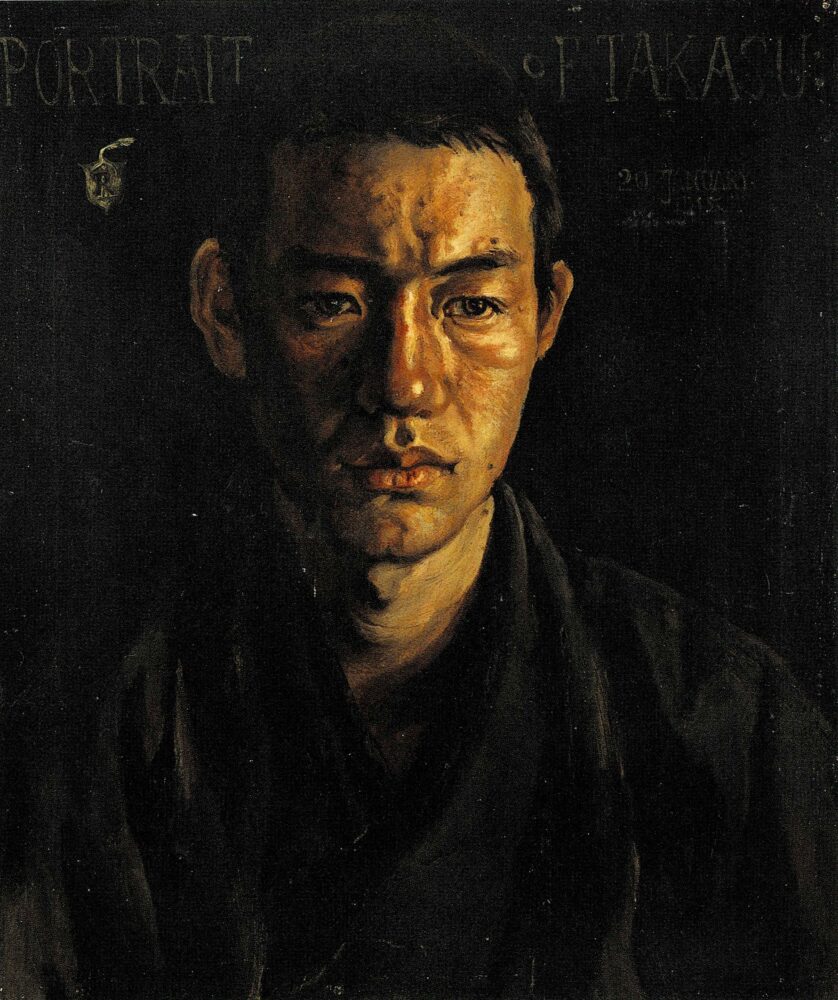
About This Work (Tap or Click to View)
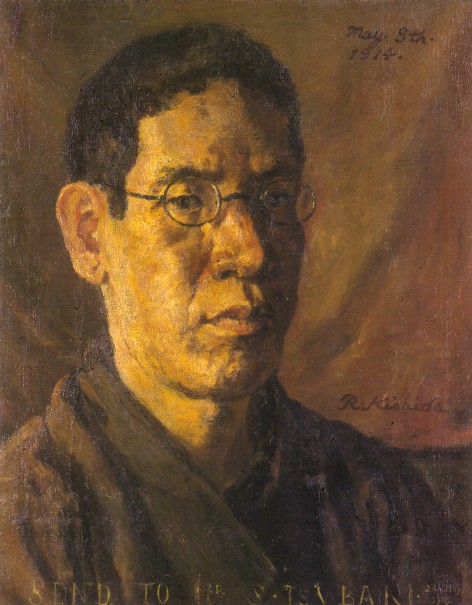
The young man in this portrait gazes intently at the viewer, his expression filled with quiet tension. Every detail—from his finely painted features to the texture of his clothing and the precise letters in the background—reveals the artist’s deep focus and almost obsessive dedication.
Ryusei Kishida was a leading figure in modern Japanese Western-style painting (Yōga) during the Taishō and early Shōwa eras. He is best known for his realistic portraits, especially his celebrated Reiko series depicting his daughter. Kishida was known for painting those close to him, earning a reputation for his passionate pursuit of realism—so much so that people jokingly called him “the head-hunter Kishida” for his intense desire to capture human faces.
This painting, “Portrait of Mitsuharu Takasu”, depicts the artist Mitsuharu Takasu from Aichi Prefecture. Takasu had been deeply moved after visiting one of Kishida’s solo exhibitions, and this meeting led to the creation of this powerful portrait.
At this time, Kishida was strongly influenced by Western classical painting, particularly the work of the German Renaissance master Albrecht Dürer.
The influence is clear here—in the sharp contrasts of light and shadow, the meticulous rendering of details, and even in the stylized English letters in the background. Kishida sought not only to imitate Dürer’s technique but also to embody his spiritual precision.
Although his style evolved in later years, Kishida’s devotion to realism continued to shape his work. This commitment can be seen in his later masterpiece Reiko, Five Years Old (1918, The National Museum of Modern Art, Tokyo).
Portrait of Mitsuharu Takasu captures a moment when Kishida was fully immersed in the pursuit of truth in art—his brush guided by concentration, discipline, and an almost spiritual intensity.
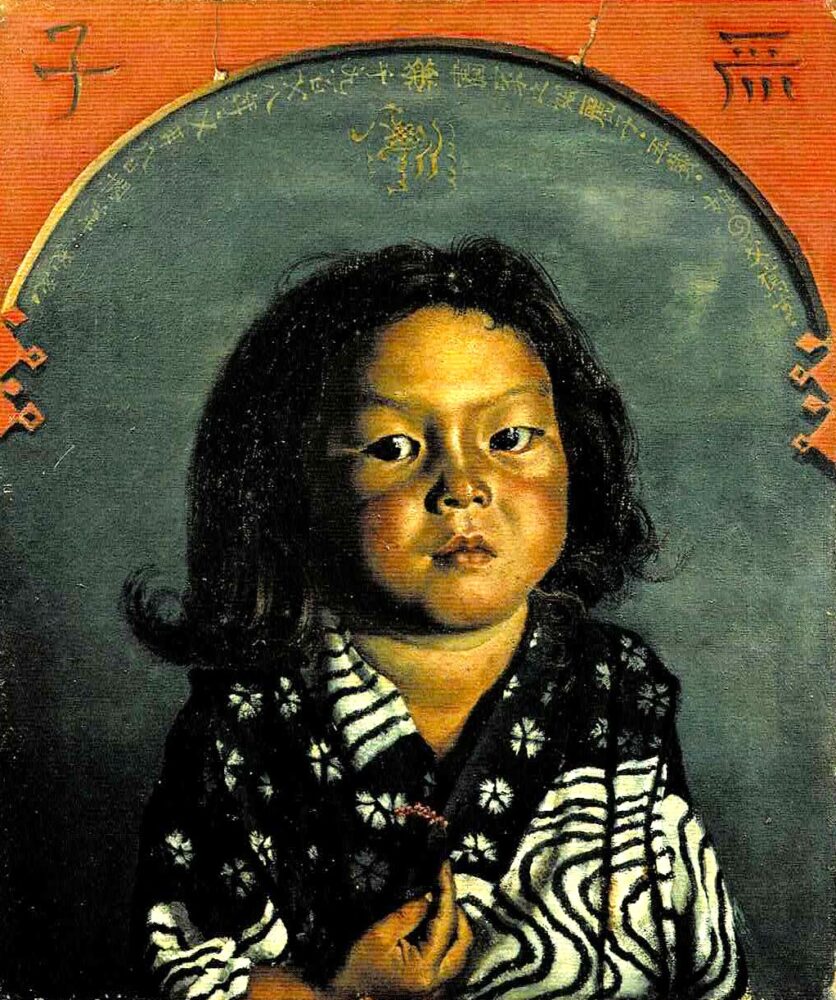
Summary
The first thing that catches your eye at the Aichi Prefectural Museum of Art is Gustav Klimt’s The Golden Knight.
The mysterious figure, shining in gold, seems to whisper: “Your art journey begins here.”
Whether it’s your first visit or your fifth, this masterpiece will always feel special.
But that’s not the only highlight.
You might be drawn to Matisse’s works seen from a different perspective, captivated by Feininger’s soft light over the sea, soothed by Kirchner’s peaceful garden view, or fascinated by Kishida’s meticulous portrait.
As you walk through each gallery, it feels like traveling across different eras and places.
The Aichi Prefectural Museum of Art doesn’t rely on flashy displays.
Instead, it quietly allows each artwork to speak for itself.
Here, in a calm and elegant atmosphere, you can take your time and find your own personal favorite.
And watching over it all, as always, stands The Golden Knight.
If you’re visiting Nagoya, make sure to stop by this museum.
It’s the kind of place that makes you want to come back again and again.
Aichi Prefectural Museum of Art – Visitor Information
Location: 1-13-2 Higashi-sakura, Higashi Ward, Nagoya, Aichi Prefecture, Located inside the Aichi Arts Center






Comments